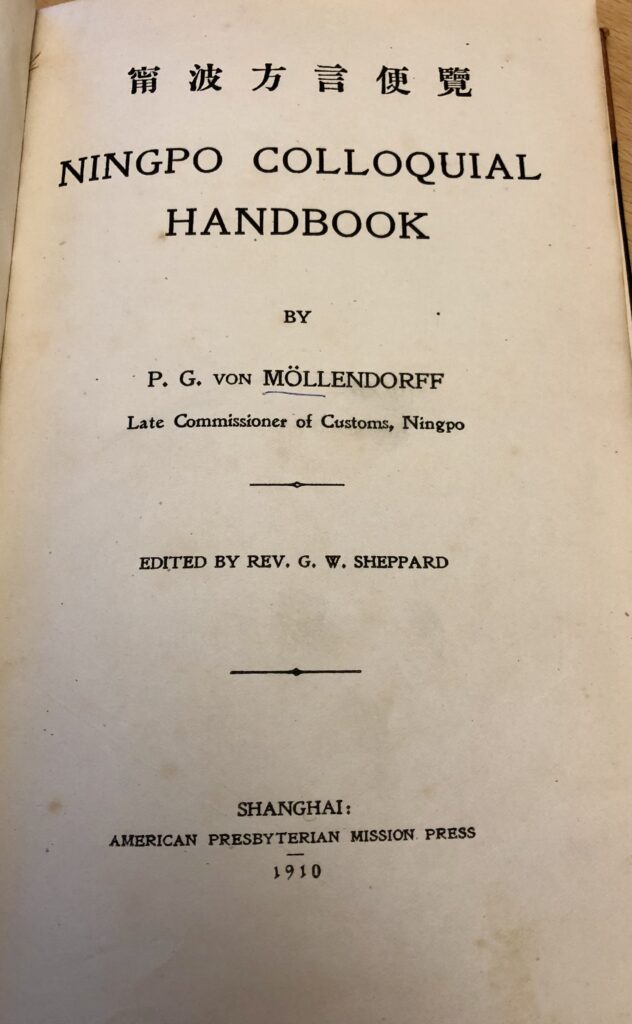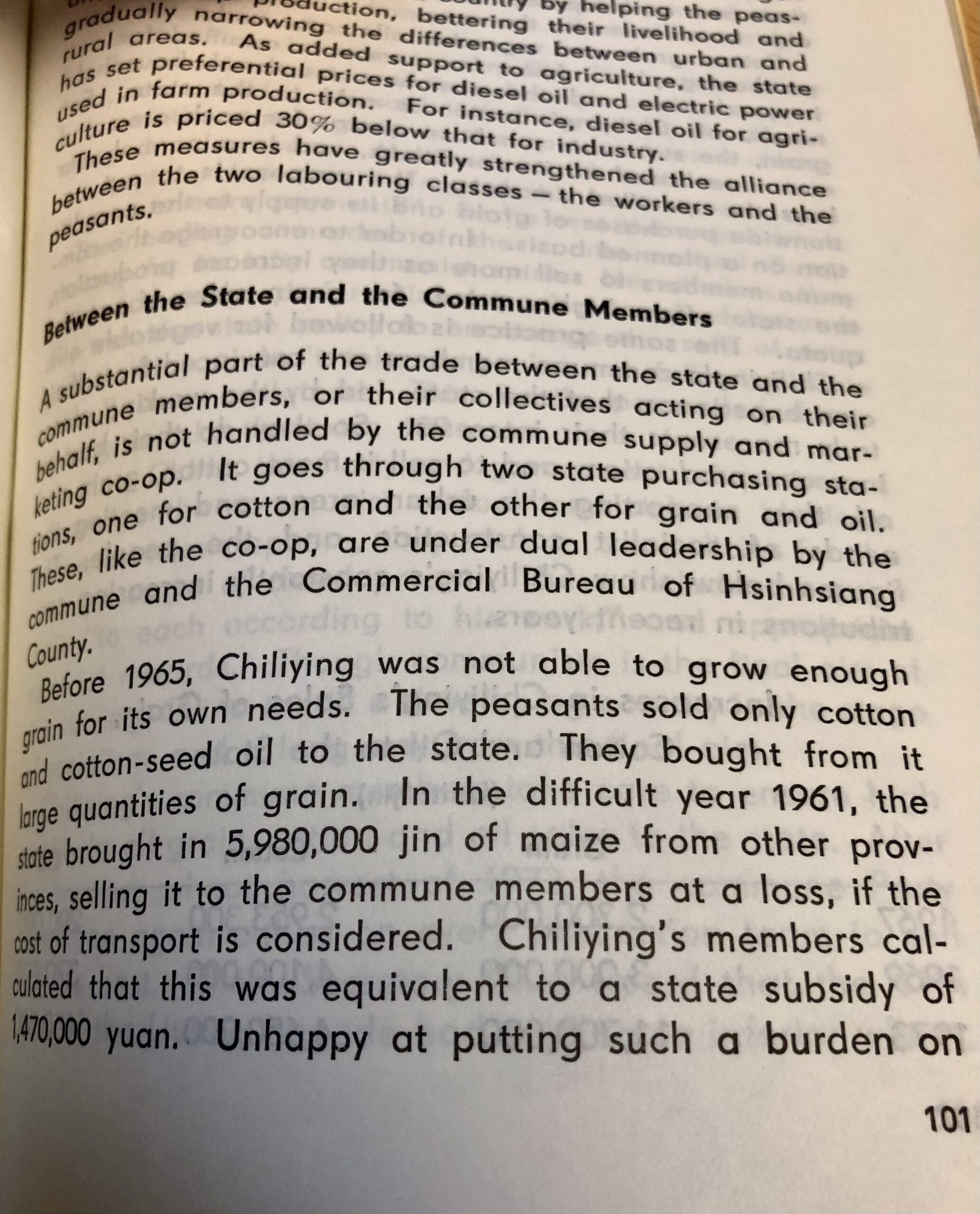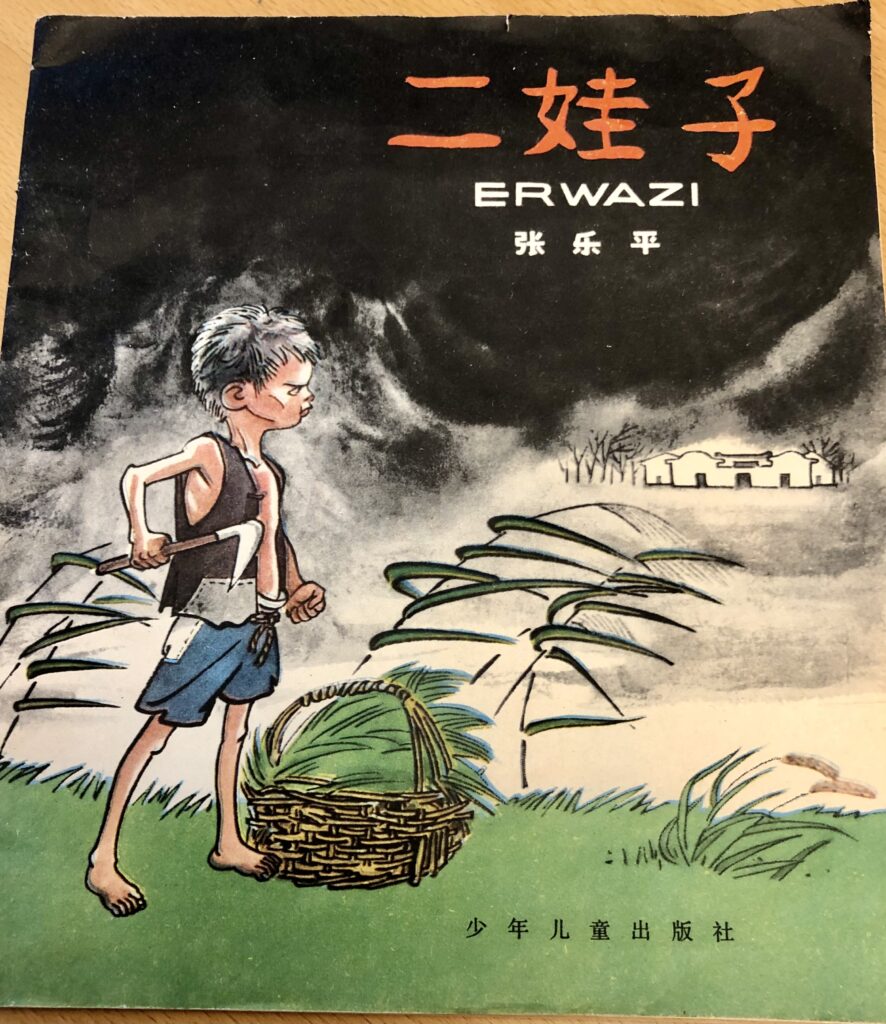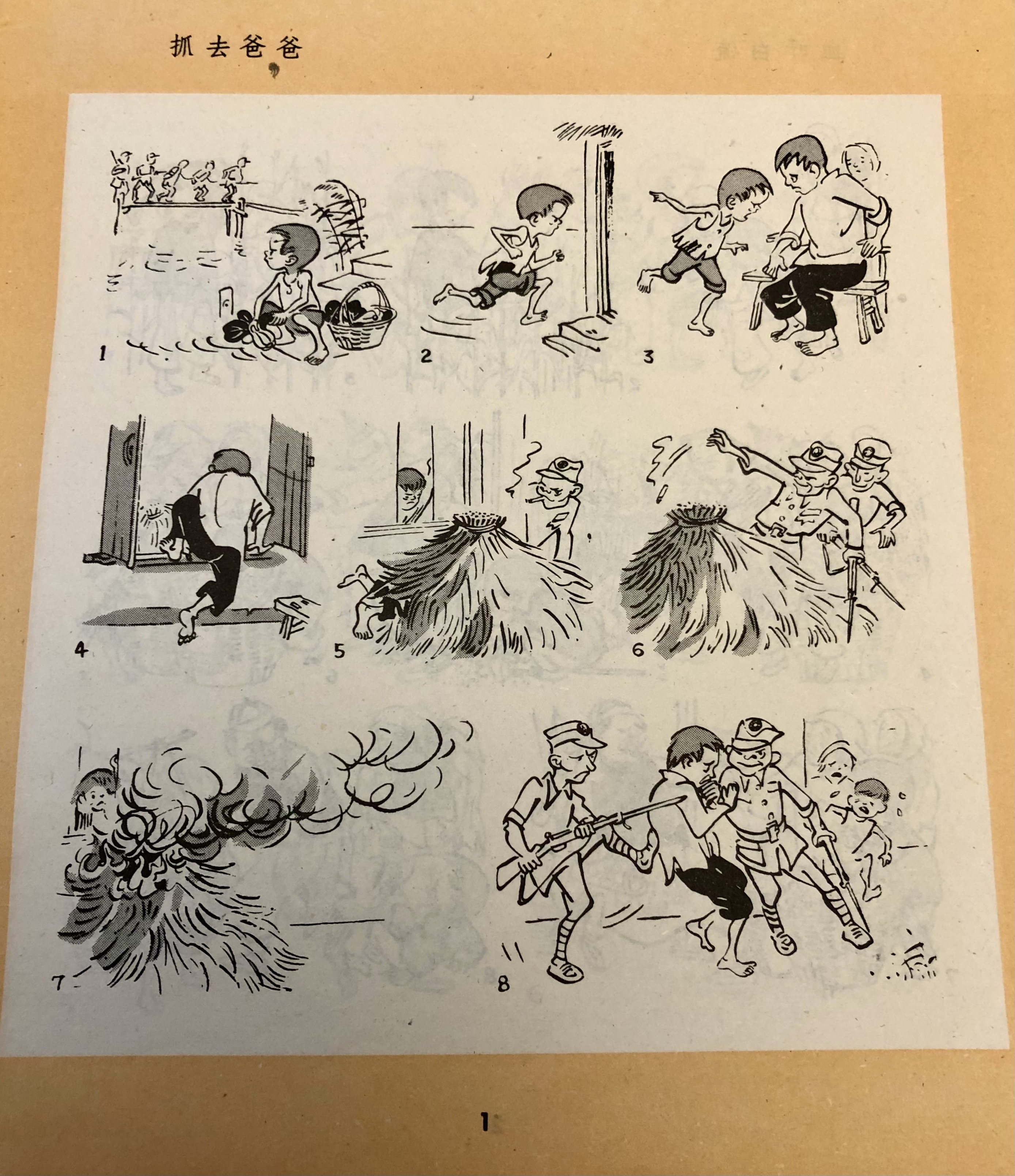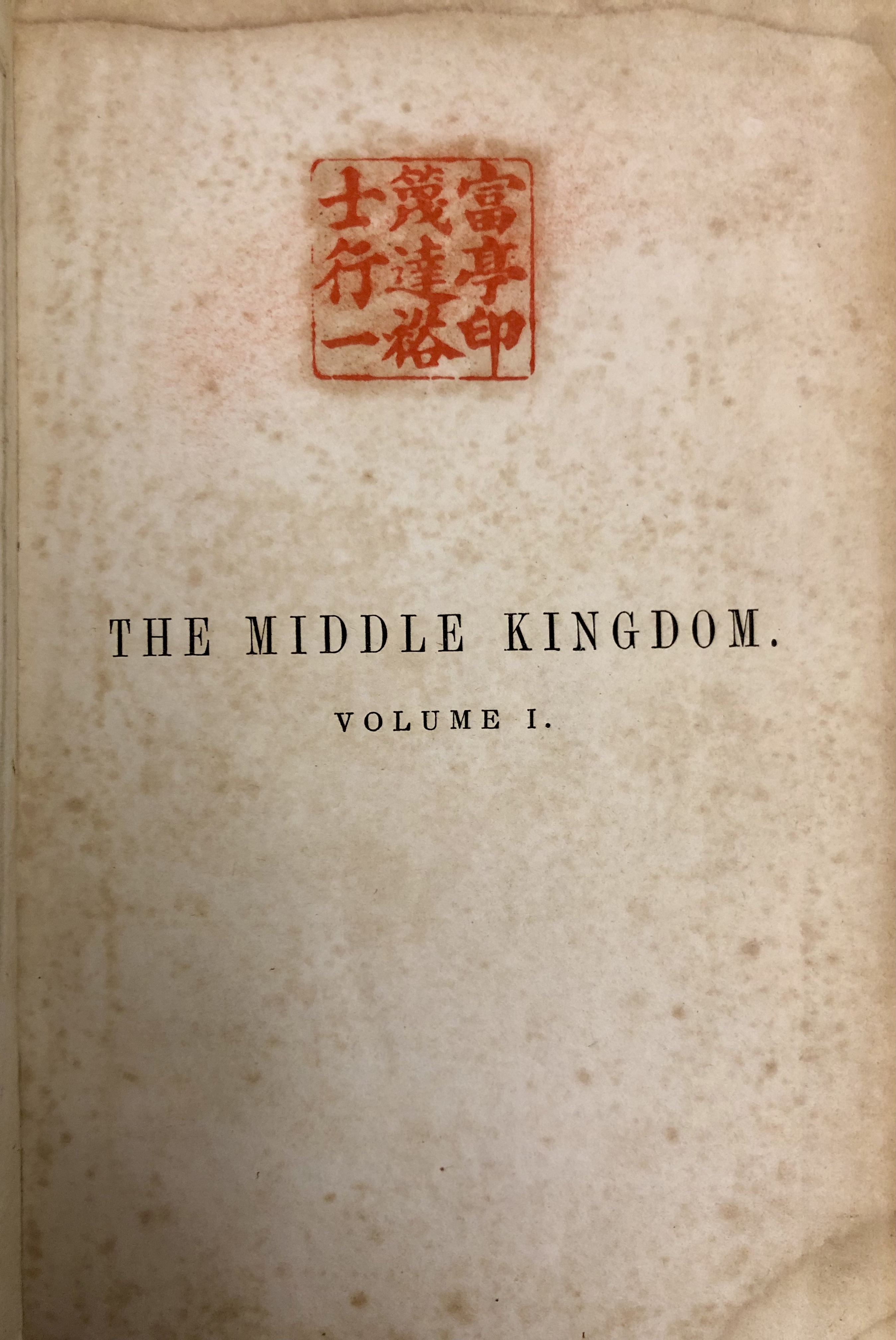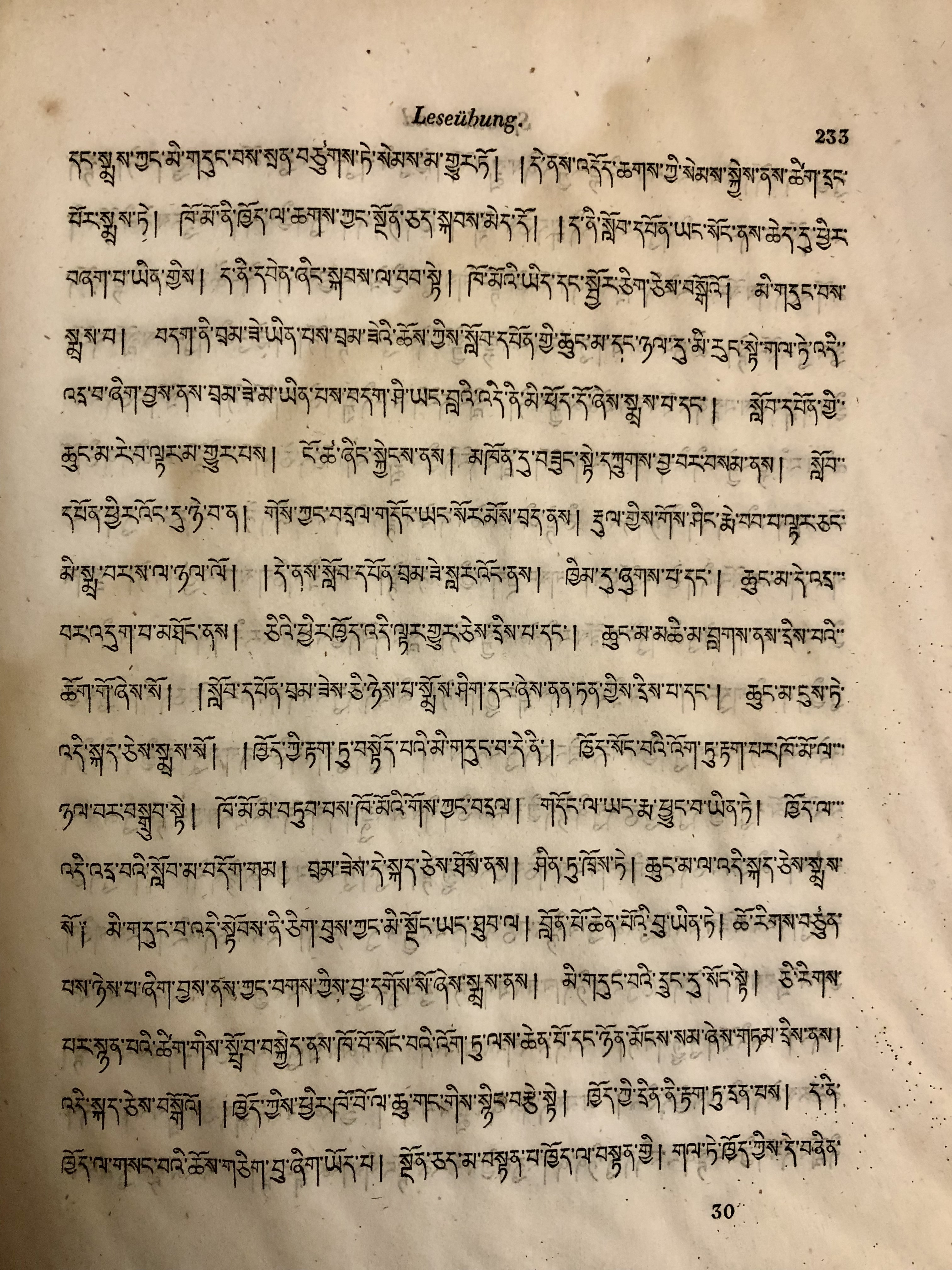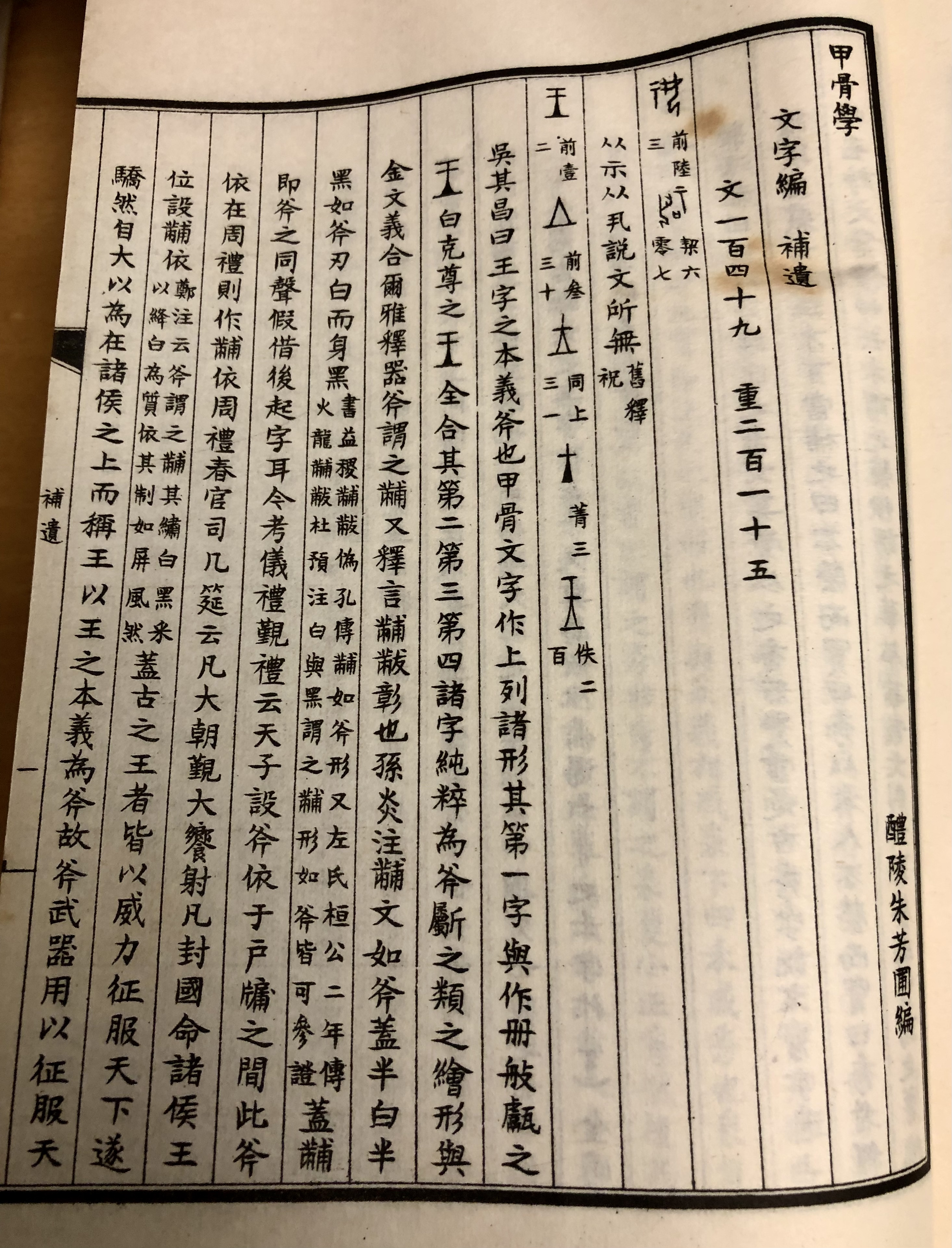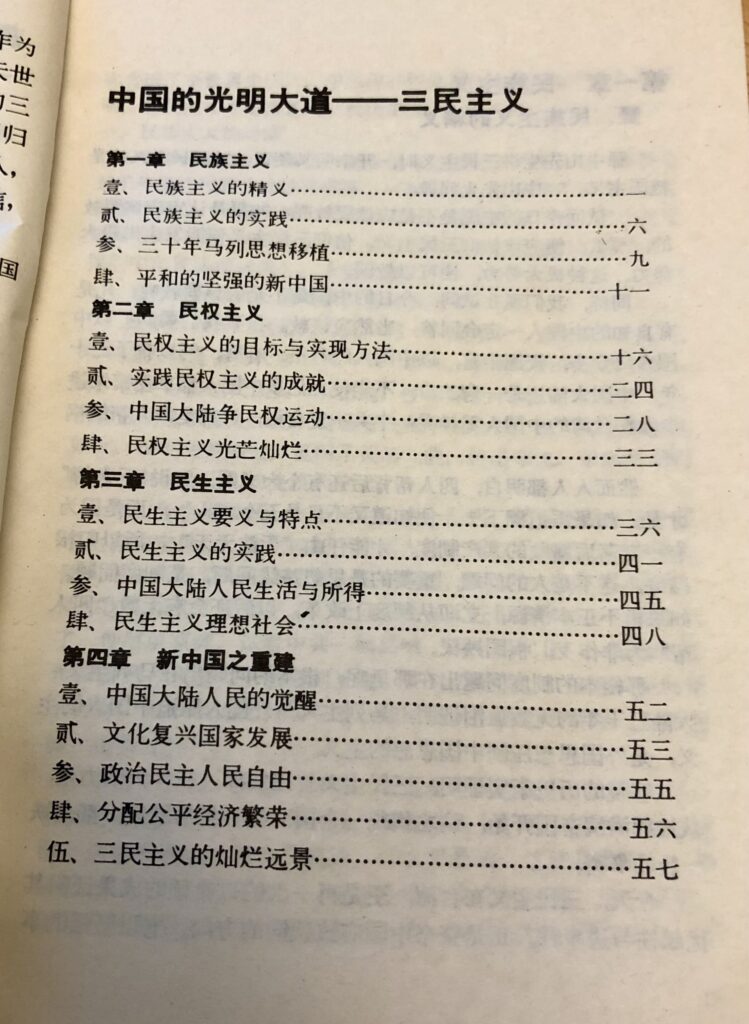

Christmas is soon here, and what better than to relax by reading Tintin 丁丁历险记? In our Gothenburg collection we have a handful of random Tintin albums from the 1980s, all unauthorised editions. The PRC did not sign the Paris Convention for the Protection of Industrial Property until 1992, and only then would Tintin be published legally in China. Our 1984 editions are still printed and published by the publishing house of China Federation of Literary and Art Circles 中国文联, a ”people’s organisation” (not quite an NGO) for cultural workers.




Our books are in the form of lianhuanhua 连环画, meaning ”linked pictures”, and are more or less palm-sized booklets with cartoon(ish) images, in its earliest form preceding modern manhua. An even earlier form from the 1880-90s was called huihuitu 回回图, ”chapter pictures”. The 1980s Chinese Tintin is only in black-and-white, only covers are in colour. From a quick glance Captain Haddock’s 阿道克船长 expletives seem rather dull in this Chinese translation, as can be seen from one of the images above. Since the 1990s Tintin has been published legally in the PRC several times, but in 2001 there was an incident where the Chinese publisher published Tintin in Tibet as 丁丁在中国西藏 ”Tintin in China’s Tibet”, but the Hergé Foundation protested and it was changed back to just Tintin in Tibet 丁丁在西藏.


